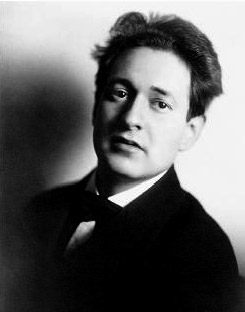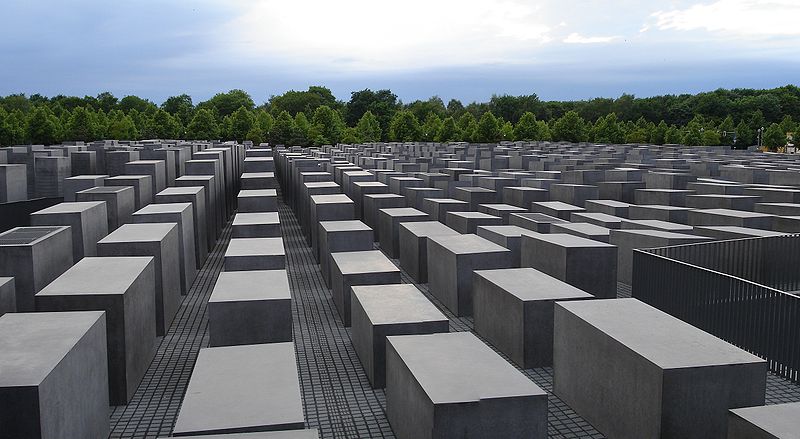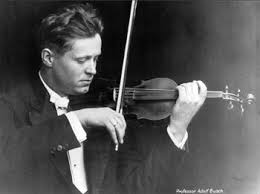
Erich Wolfgang Korngold’s 1920 three-act opera, Die tote Stadt (“The Dead City) opens in the rational world, but quickly dissolves into a dark dreamscape of hallucination.
Paul, the central character, is haunted by the recent death of his wife, Marie. Unable to move on, Paul is obsessed with a “Temple of Memories,” which includes paintings, photographs and a lock of his deceased wife’s hair. On the streets of Bruges he sees Marietta, a young dancer who resembles Marie. Paul believes that Marietta is Marie and invites her to his house. Marietta seduces Paul, singing “Glück das mir verblieb“. Mirroring Paul’s sense of loss, the aria’s words are tinged with sadness and loss…a sense of the fleeting nature of life and love. Bored and put off by Paul’s strange behavior, Marietta leaves.
Events of the second and third acts take place in Paul’s imagination. At the end of Act III, Paul dreams that he strangles Marietta with a lock of Marie’s hair, declaring, “Now she is exactly like Marie.” Suddenly, Paul awakens from his dream. Brigitta, the maid tells him that Marietta has returned to retrieve an umbrella she left behind. Shaken by the ghostly visions, Paul says that he will try to let go of the “Temple of Memories”, singing a reprise of “Glück, das mir verblieb.” Read the entire synopsis here.
Korngold was 23 years old when Die tote Stadt premiered simultaneously in Hamburg and Cologne (conducted by Otto Klemperer) on December 4, 1920. The opera remained popular with audiences until it was banned by the Nazis as part of the Third Reich’s efforts to purge music by Jewish composers. In the post war years it was neglected, fitting neither into the witty neoclassical style of Stravinsky nor the twelve tone world of Arnold Schoenberg. It remained almost forgotten until the mid-to-late twentieth century. In recent years it has seen a revival. Die tote Stadt may be heard as a continuation of the late Romantic harmonic language of Mahler and Richard Strauss.
Below is the powerful final scene, performed by Torsten Kerl. Throughout the opera, Korngold draws on key relationships, representing the living Marietta with five sharps and the dead Marie with five flats. Beginning around the 2:12 mark, we hear the descending chromatic “death” motive which occurs throughout the work. Notice the significant and jarring moments where Korngold chooses to lapse into spoken words. Listen to the way the music changes as the maid, Brigitta enters (5:12) and Paul awakens from his hallucination, singing, “Brigitta, you my old and faithful friend.” On the word “friend,” we’re suddenly transported to a new world as the harmony and tonal color shift.
Korngold’s Die tote Stadt confronts us with questions about holding on versus letting go, and the nature of memory. Are memories real or illusory? Despite this production’s bold “No Exit” sign, the final chord suggests a release of energy akin to Wagner’s Tristan und Isolde…an ultimate, irreversible musical resolution which represents the end of tonal striving. It’s a final chord which simultaneously encompasses darkness and light: the widest possible range of the orchestra, from the depths of the woodwind section to the high, shimmering strings.
https://www.youtube.com/watch?v=YiVbnZ1j9NE
[unordered_list style=”tick”]
[/unordered_list]


